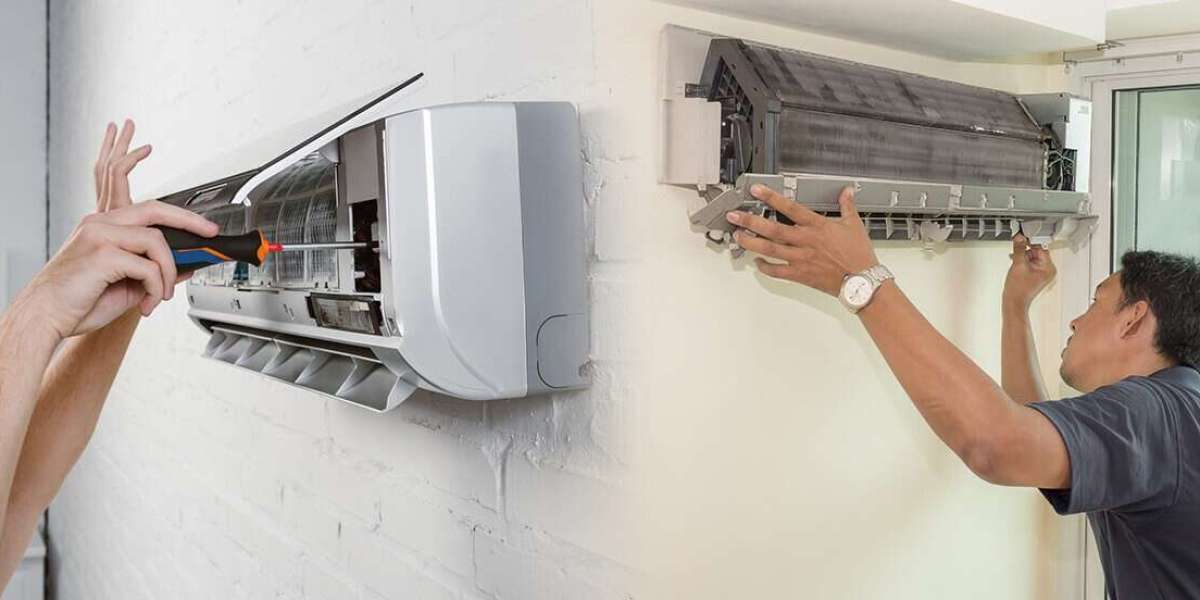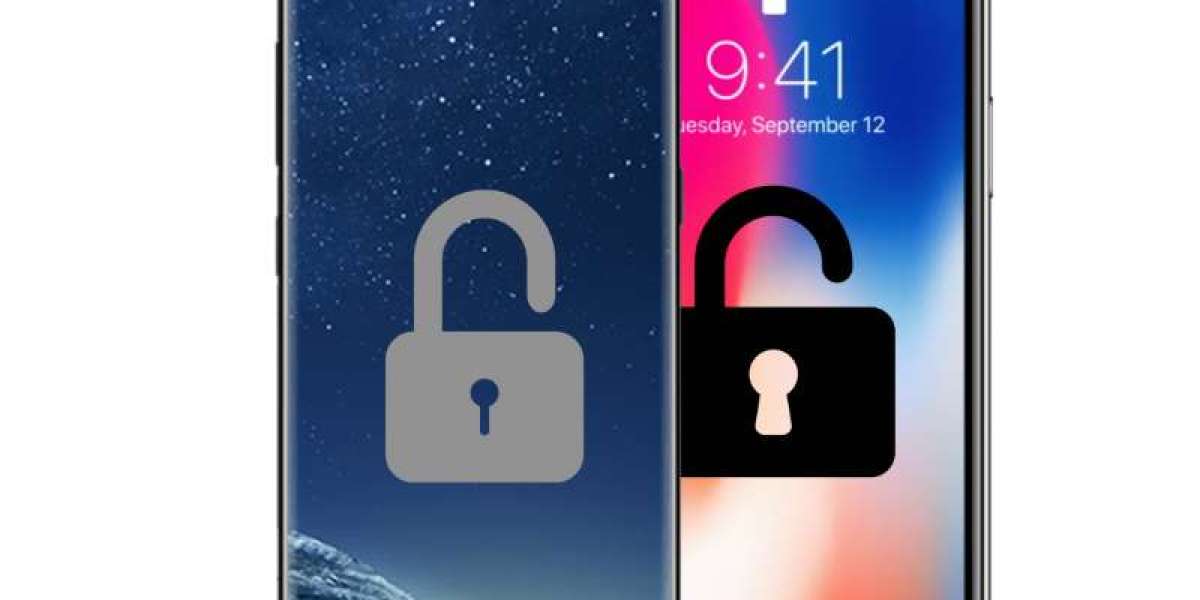While attending the ISE conference Barcelona earlier this year, one topic that consistently came up in various sessions was ensuring proper cybersecurity practices are followed when integrating AV systems. With more devices becoming internet connected and networks expanding, it is critical for AV integrators to properly secure these systems and protect against potential cyber threats. This blog will explore some of the key considerations and best practices for integrators to ensure cybersecurity is a priority when designing and installing AV integration solutions.
Protecting Network Perimeters
One of the most fundamental aspects of securing any networked system is protecting the perimeter of the network. For AV systems, this often involves properly securing the network switches, routers, wireless access points and any other network devices that form the boundaries of the AV network. Some effective practices for perimeter protection include:
Network Segmentation
Rather than having all AV system devices on one large flat network, it is safer to segment the network into smaller logical zones. For example, having all connected display devices like digital signage on their own VLAN separate from control devices. This way if one section is compromised, it limits lateral movement across the entire network. Network switches that support VLANs make this easier to implement.
Strong Access Controls
Any network-connected devices should have strong passwords enabled and multifactor authentication where possible. Default or simple passwords on devices leave them vulnerable to brute force hacking attempts. Complex unique passwords or even better yet, certificates for device authentication are recommended.
Firewall Implementation
Depending on the network design, it may make sense to deploy hardware or software firewalls between network segments. Firewalls can monitor and control traffic flowing between zones, blocking unauthorized access andFiltering traffic based on application protocols helps prevent unintended access to control systems.
Device Hardening
Once perimeter security is addressed, the individual devices within the AV network also need to be properly secured. Some techniques for device hardening include:
Disabling Unused Ports/Services
AV devices often have network services running that may not be needed for their primary functions. Shutting down unused network ports and disabling unneeded services reduces the attack surface area.
Regular Security Updates
Keeping all network devices and operating systems up to date with the latest security patches is critical. Outdated systems are vulnerable to known exploitation. Integrators should configure automatic update mechanisms where possible.
Restricted Administration Access
Access to administrative functions on devices should be firewalled and restricted to trusted IP addresses only. Disabling remote desktop/VNC access when not in use also helps. Multi-factor authentication for admin logins adds another layer of security.
Application Control
Blocking or controlling what applications can run on endpoints like digital signage players helps prevent malwareintroduction. Whitelisting known good applications is better than blacklistingBad ones.
With network perimeter and devices secured, additional measures around identity management and incident response planning are also recommended for a comprehensive cybersecurity program.
User Access Management
As AV networks increasingly involve web or app-based control, proper user access management becomes important. User accounts should be tied to directories like Active Directory for centralized authentications and controls over user privileges. Enabling single sign-on wherever applicable improves the user experience while maintaining security. Event logging of all user activitiesalso aids in forensic investigations if needed.
Incident Response Planning
Even with strong preventative security, the possibility of a successful attack cannot be eliminated. Having an incident response plan in place in the event of a breach is critical. The plan should involve:
Definition of roles and responsibilities in case of an incident
Communication protocols to relevant stakeholders
Recovery procedures to limit damageand restore systems
Post-mortem reviews to improve security policies
Proper cybersecurity fundamentally comes down to implementing a defense-in-depth approach with layers of controls rather than relying on any single solution. The practices discussed provide a comprehensive foundation to ensureAV systems integration projects are designed, deployed and managed securely well into the future. Ongoing monitoring and adaptation is also needed to address emerging threats.
Conclusion
As digital transformation accelerates across various industries, the attack surface continues to expand. It is no longer enough for AV integrators to just focus on functionality and performance. Cybersecurity must be a top design consideration from project conception. Adopting the strategies outlined equips integrators to deliver secure, resilient solutions that protect clients' networks and mitigate risks. With diligence, the audiovisual industry can stay ahead of threats through proven security best practices.








